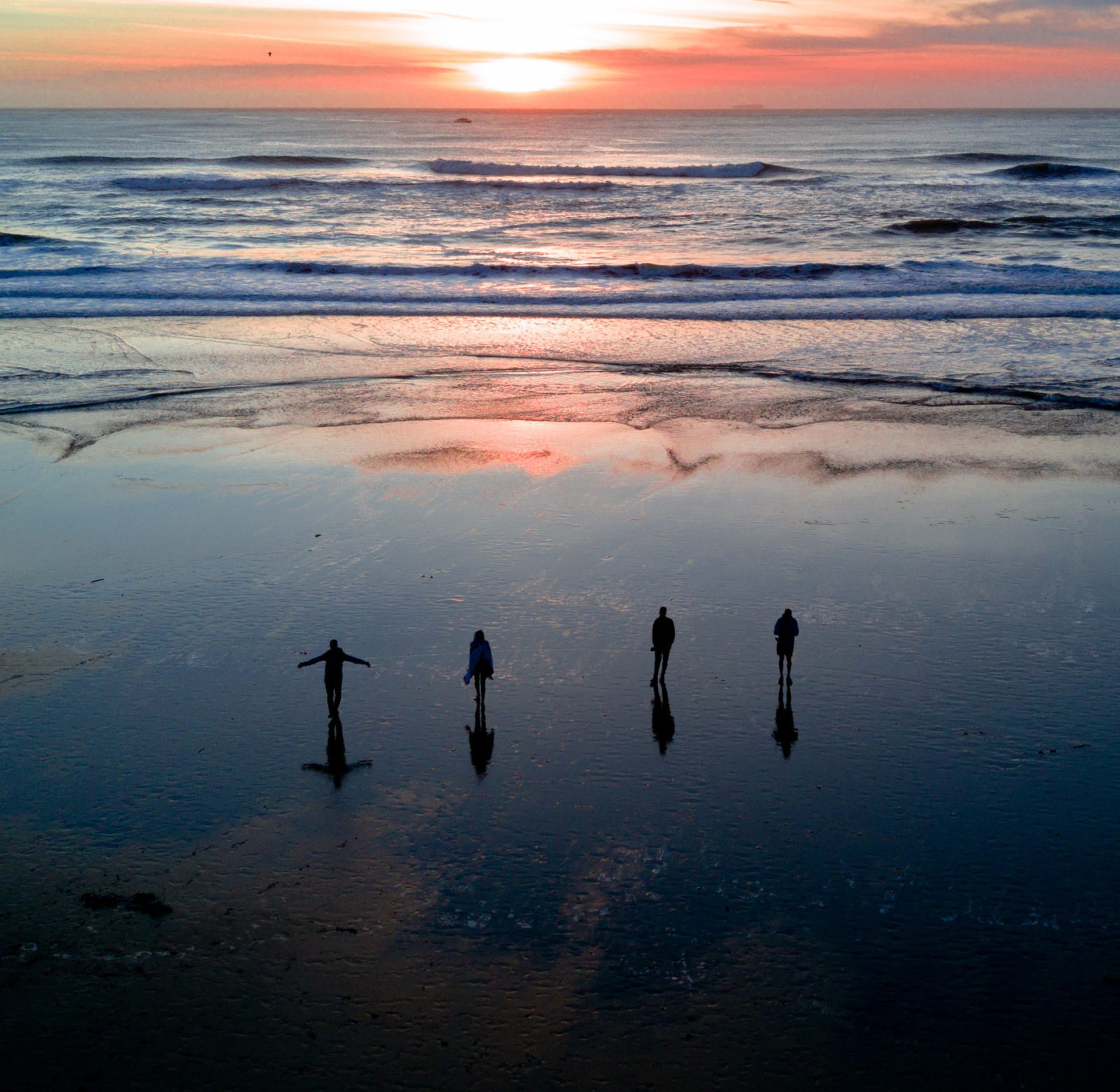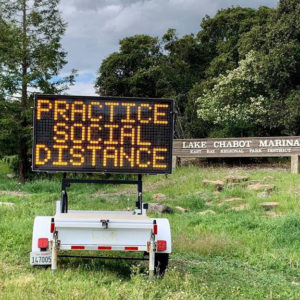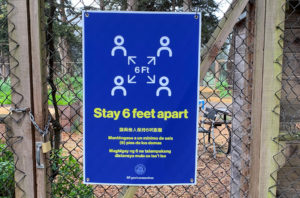UCSF Clinical Professor of Pediatrics Dr. Sohil Sud is the author of a May article on COVID-19 transmission and protection published in Hospital Pediatrics. With parks opening and shelter-in-place restrictions ending, we spoke to him about staying safe outdoors this summer. With the caveat that you should follow local public health ordinances and avoid public settings if you’re feeling ill, Dr. Sud recommends spending time outside whenever possible. All opinions expressed here are his own.
How important is it to wear a mask if you’re outdoors and sitting six feet from others?
COVID-19 can spread from infected individuals through respiratory droplets that travel in the air when people are coughing, sneezing, or talking. Maintaining a safe distance away from other people and wearing masks are simple ways to safeguard against this mode of infection, as most respiratory droplets don’t travel very far.
Although masks may protect you from others, they should be worn to protect others from you. With COVID-19, there is reason to suspect that infected individuals may be among us without showing symptoms. Since we cannot reliably know who is infected, we can each do our part to protect one another by wearing a mask to contain would-be infected respiratory droplets from getting out into the common air.
If you’re picnicking with household members and maintain a six-foot safe perimeter around your group, it’s reasonable to take off your mask to eat. The more protection the better, within common sense. Generally speaking, masks are less important where physical distancing can be guaranteed and maintained.
Outside is an absolutely wonderful place to be. In addition to the many intrinsic benefits of nature to one’s health (for both mental and physical well-being), ventilation and sunlight dilute and likely inactivate viruses. This is one of the many reasons that healthcare facilities across the country house COVID-19 testing sites in outdoor tents. However, since so much is as yet unknown, the key is to not rely solely on Mother Nature to protect us; we should all do our part through physical distancing and wearing masks.
How important is it to wear a mask if you’re outdoors and walking six feet from others?
It’s important. When you’re on the go outdoors, many unpredictable factors arise—such as the number of people approaching, the width of the trail ahead, runners/cyclists passing you from behind—that make physical distancing more challenging to maintain and wearing a mask more important.
What’s the risk of contracting COVID-19 if you’re hiking behind or downwind from someone carrying the virus?
SS: Although we’re still learning about this virus, it seems clear that the risk of infection increases with both proximity and duration. The CDC defines a “close contact” as someone with whom you spent at least 15 minutes of time separated by less than 6 feet. So being transiently downwind of someone on a trail is low risk. And ideally, all parties were wearing masks.
What is the risk of contracting COVID-19 by lying in the grass, climbing a tree or rocks, or coming into contact with surfaces in nature that someone carrying the virus might have touched?
Very low. Although viruses can survive on surfaces, that risk is substantially mitigated by being outdoors. First, there is a limited number of high-touch surfaces. Not everyone is touching the same tree in the same place. Second, even if you do touch the same surface, wind, sun, dirt, and even rain all disperse viral particles in a manner that makes it much less likely to get infected. Third, the amount of surviving virus present on a given surface decreases substantially with time.
Viruses survive longer and are transferred more easily from harder surfaces, such as stainless steel or glass, when compared to softer surfaces such as a cotton tee-shirt or dollar bill. In high traffic settings, where harder materials, like those used for picnic tables, park benches, handrails, door handles, and play structures, can be common, pay special attention.
To be infected by touching a contaminated surface, you need to transfer the virus from your fingertips to your nose, eyes, or mouth. So, keep your hands clean and avoid touching your face. Consider adding alcohol-based hand gel (with at least 60 percent alcohol content) to your outdoor packing list.
How does sunlight affect the viability of COVID-19?
Although much is still unknown, sunlight is likely beneficial in many ways. First, it may boost levels of Vitamin D and improve the body’s ability to fight infections. Second, sunlight may speed up the decay of viral particles in the air. In one study, researchers discovered that airborne influenza virus (the virus that causes the “flu”) decayed more than 90% faster in the presence of simulated sunlight compared to darkness. This is yet another reason to spend time outside in nature, so long as physical distancing can be maintained.
How can I safely use public/park bathrooms?
Researchers have discovered the presence of the COVID-19 virus in feces but have not consistently confirmed that those viral particles are alive and therefore infective. The primary mode of infection is respiratory droplets that travel through the air to infect nearby people or fall onto and contaminate nearby objects.
You can safely use public/park restrooms. Like any location with surfaces that a lot of people are touching (such as door handles and faucets), you should clean your hands well upon exiting such facilities and refrain from touching your face until doing so.
Do Bay Area bats carry COVID-19? How does a person contract an infectious disease from wildlife?
While studies are ongoing to determine the presence of the virus that causes COVID-19 in animal species, human-to-human transmission is well-documented and this should be the main source of concern. Focusing on basic precautions—staying home if ill, maintaining a safe distance, wearing a mask, keeping your hands clean, and not touching your face—should go a long way in keeping us all safe.
I hear national parks and other outdoor places I’d like to visit are opening up. Should I go?
As we begin to venture outdoors more often, staying nearby and following local public health ordinances are good first steps. Traveling to faraway parks and outdoor spaces may increase the spread of COVID-19 between communities that may not otherwise interact. This makes is difficult to contain outbreaks.





